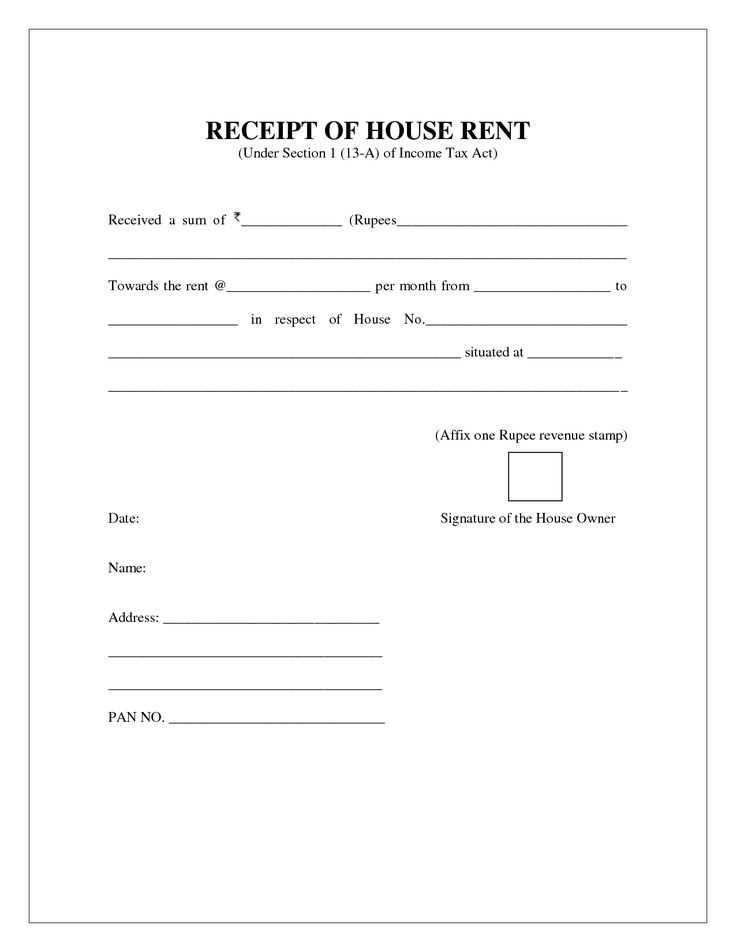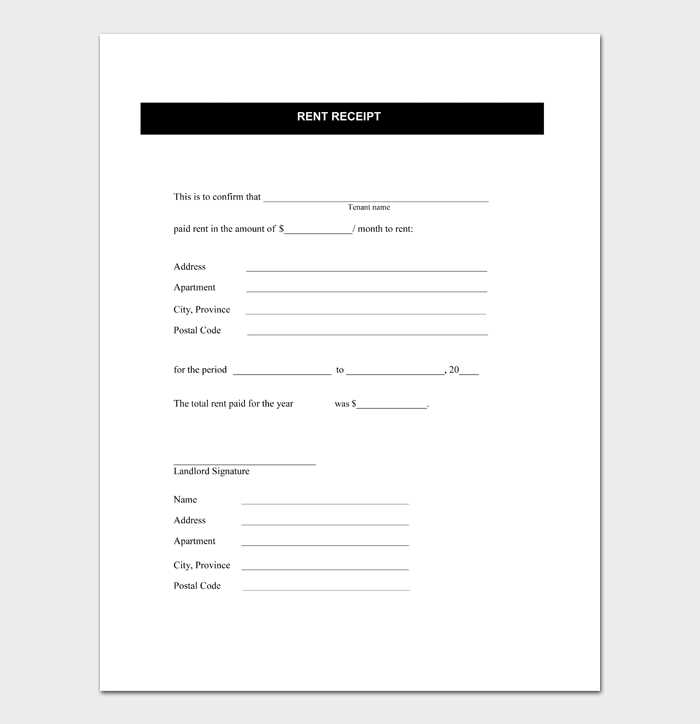
To simplify the process of documenting maintenance work, an apartment maintenance receipt template serves as a practical tool for both tenants and property managers. It provides a clear and concise format for listing services performed, costs involved, and necessary details for record-keeping.
Accurate Information is key when filling out the template. Include the date of service, a description of tasks completed, the name of the technician, and any associated charges. A well-organized receipt ensures transparency and avoids misunderstandings between the parties involved.
Additionally, customizing the template with property-specific details or any special terms can help make it even more relevant. Include fields for tenant and landlord contact information and reference numbers to track requests efficiently. This attention to detail makes managing maintenance requests smoother for everyone.
Apartment Maintenance Receipt Template
A well-structured receipt can clarify all details related to maintenance services. The template should include specific information to ensure both parties are on the same page. Follow these guidelines to create an organized and clear receipt.
Key Information to Include

- Date of Service: Specify the exact date maintenance was performed.
- Service Description: Clearly outline the type of work completed, such as repairs, inspections, or replacements.
- Cost Breakdown: Itemize each task and the associated cost. Include labor and material charges separately if applicable.
- Payment Method: Mention whether payment was made via cash, check, or card.
- Technician Details: Provide the name of the technician or service provider who completed the work.
- Tenant Information: Include the tenant’s name and apartment number for reference.
Additional Considerations
- Signature Lines: Allow space for both the tenant and technician to sign, acknowledging the completion of services.
- Receipt Number: Assign a unique number for record-keeping and future reference.
- Next Steps: If further maintenance or follow-up is needed, include a section detailing the required actions.
Choosing the Right Format for Documentation
Start by selecting a format that suits both ease of use and clear communication. A simple, well-structured template can enhance accuracy and save time. For apartment maintenance receipts, choose a format that accommodates the necessary details, such as date, service description, cost, and contact information. Opt for formats like PDFs or editable Word documents that are both printable and easy to share electronically.
Consider Legal and Record-Keeping Requirements
Ensure that the format you choose complies with any local regulations for record-keeping. Many jurisdictions require maintenance receipts to be retained for a certain period. Make sure your document can be stored securely, either digitally or physically, and is accessible when needed for future reference or auditing purposes.
Opt for Customizable Templates

Templates that allow for customization can help maintain consistency across receipts while accommodating specific needs. Choose a format where you can easily adjust fields like service details or pricing. This way, you avoid unnecessary formatting errors, and the document remains flexible for various types of maintenance work.
Key Information to Include in the Receipt

Include the date of the transaction. This is the first reference point for tracking the payment.
List the tenant’s full name and address. This ensures the receipt is linked to the correct individual and apartment unit.
Clearly state the amount paid. Break down the payment into components such as rent, maintenance fees, or other charges to avoid confusion.
Indicate the method of payment. Whether it’s cash, check, or electronic transfer, document how the payment was made.
Provide a receipt number or unique identifier. This helps both parties refer to the payment for record-keeping or future inquiries.
Include the service period for which the payment applies. This gives context to the amount being paid and ensures clarity on what is covered.
Ensure that both the landlord and tenant’s contact information is visible. This allows either party to reach out if there are questions about the transaction.
Signatures of both parties can add authenticity to the receipt. This confirms that both sides agree to the recorded information.
| Information | Details |
|---|---|
| Date of Transaction | Day, month, and year of payment |
| Tenant’s Name and Address | Full name and apartment details |
| Amount Paid | Total sum with breakdown if needed |
| Payment Method | Cash, check, or transfer |
| Receipt Number | Unique identifier for the transaction |
| Service Period | Specific dates covered by payment |
| Contact Information | Landlord and tenant contact details |
| Signatures | Signature from both parties |
Customizing the Template for Different Maintenance Tasks
Adjust the template to reflect specific maintenance duties by adding relevant fields for each task. Include sections such as the task description, materials used, time spent, and the personnel responsible. For plumbing tasks, add spaces to list equipment like pipes and seals, while electrical tasks may require a section for parts like circuit breakers or wiring.
Tailor the format to address the frequency of tasks. Regular maintenance might have recurring fields, while one-time repairs can feature more detailed descriptions. Include checkboxes for each maintenance activity, so it’s easier to mark completed tasks and assess the overall status. Incorporating a separate section for notes allows flexibility for any additional observations or adjustments.
For tasks that require multiple steps, consider adding numbered steps or bullet points to break the process down clearly. This helps in tracking progress and ensures nothing is overlooked. Adjust the overall layout by incorporating enough space for signatures, dates, and follow-up information, ensuring clarity for both the contractor and tenant.


